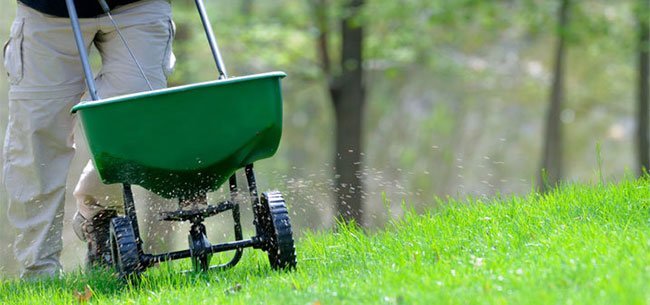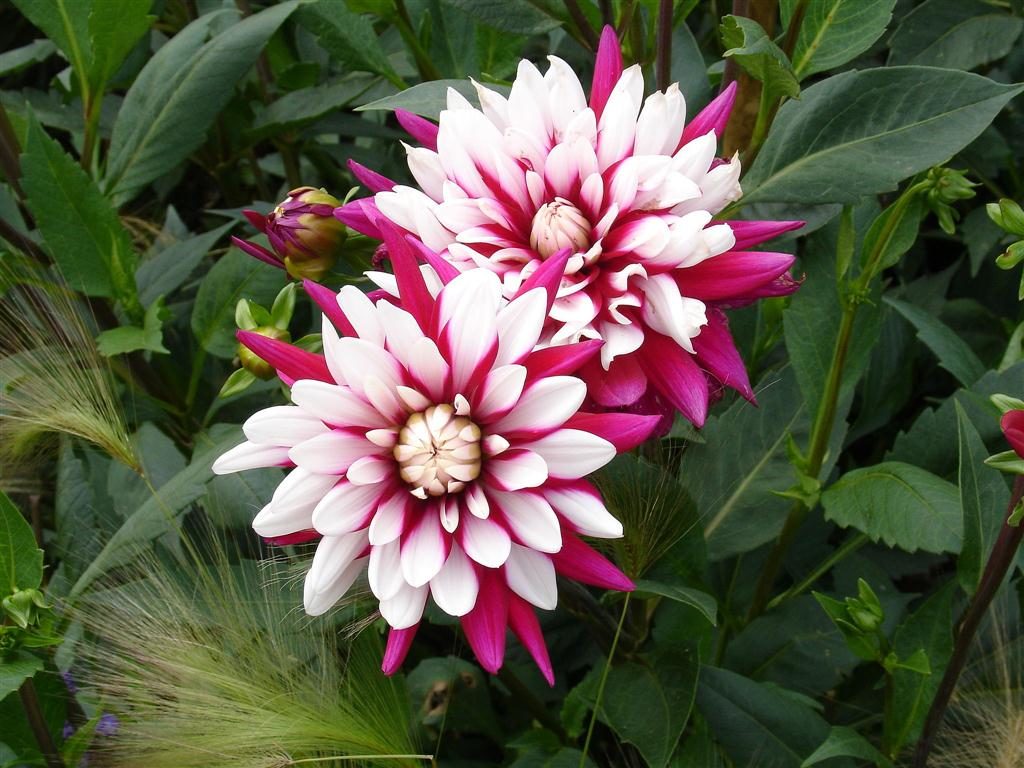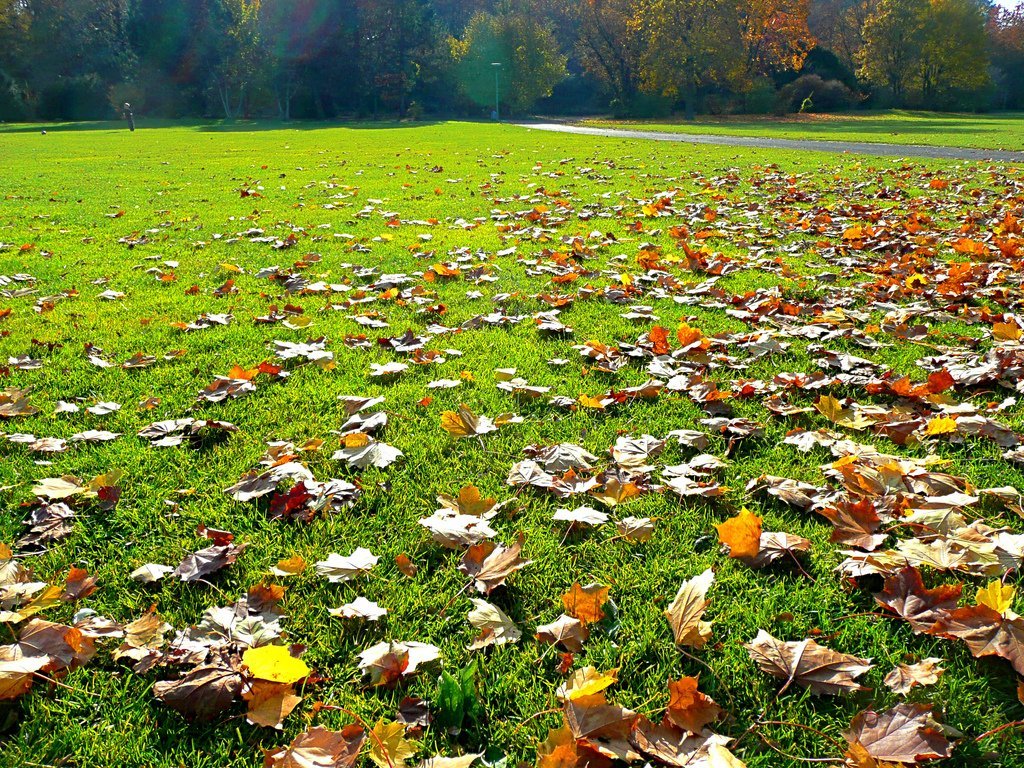Autumn is the best time for you to nourish your yard since it will strengthen the roots of your lawn and plants. This will provide a strong base that will thrive and flourish in the following spring.
Rule of Thumb
Knowing exactly when and how much to fertilize your lawn, begins with understanding the fertilizing formula. The formula is represented in a ratio of 5:10:5. The first digit in the ratio represents the amount of nitrogen needed to promote lawn blade and foliage growth. The next digit stands for phosphorus, which aids in the growth of roots. The last number represents the potassium needed to promote cell functioning and the absorption of trace elements.
The early September Recovery

As a result of the hot summer, during this time, grass may be recovering and coming out of a drought induced dormancy. Feeding your lawn some nitrogen in the ratio of 20:8:8 will boost blade growth. September is also a time of treating weeds and pests, however this is not totally necessary since applying only a fertilizer will get your lawn growing again— unless of course, your lawn suffers from infestation or has had a history of trouble.
Mid-Autumn Fertilization
It is essential that you follow up on the September fertilization with another dose at the end of October or early November. Apply the fertilizer in the ratio of 13:25:12. This extra push of phosphorous will stimulate root growth well into November and December. Doing so will allow optimal root growth before winter sets in, making your lawn green faster, and more resistant to drought and diseases in the spring.
Fertilizing Perennials, Trees, and Shrubs

In addition to fertilizing your lawn, autumn is also a great time to fertilize your other plants. Scattering and lightly cultivating a super phosphate fertilizer (0:20:0) into the soil will promote stronger plants with more flowers in the spring. On the other hand, shrubs and trees tend to be deprived of nitrogen from decomposing mulch beds. Another common cause of nutrient deprivation is from raking up leaves that would naturally release such nutrients as they decompose. Therefore, lightly cultivating one to three pounds of slow-release nitrogen per 1000 square feet of bed will promote root growth into the following spring.
Fall fertilizing will promote the growth of roots throughout the fall and winter, resulting in strong and healthy plants that will flower in the spring.


Comments 4
You mentioned that knowing exactly when and how much to fertilize your lawn, begins with understanding the fertilizing formula. When I got home from work last night my daughter told me that she hates playing in our grass cuz it isn’t green. Do most landscaping companies offer fertilizing services? Finding a company that will fertilize our lawn might be a good option.
Very good information. Lucky me I recently found your website by chance (stumbleupon).
I’ve book marked it for later!
It’s great that you’ve mentioned about the fertilizing ratio of 5:10:5, which represents the amount of nitrogen needed to promote lawn blade and foliage growth, amount of phosphorus which is for the growth of roots, and level of potassium needed to promote cell functioning and the absorption of trace elements. We want our lawn to look better even if it’s not mowed for quite some time. With this information in mind, I’ll make use of a lawn fertilizer that will follow this golden ratio and ensure that my lawn will grow well.
Thanks for the suggested nitrogen, phosphorus, and potassium ratio of 20:8:8 for September fertilization. My husband is super particular about lawn care, but he’ll be spending a lot of weeks at his mother’s home to help her around the house since she recently broke her hip. I’ll have to see if there are any lawn care services who can help me keep the lawn maintained while he’s gone since I’m not as familiar with nitrogen, phosphorous, and potassium ratios!